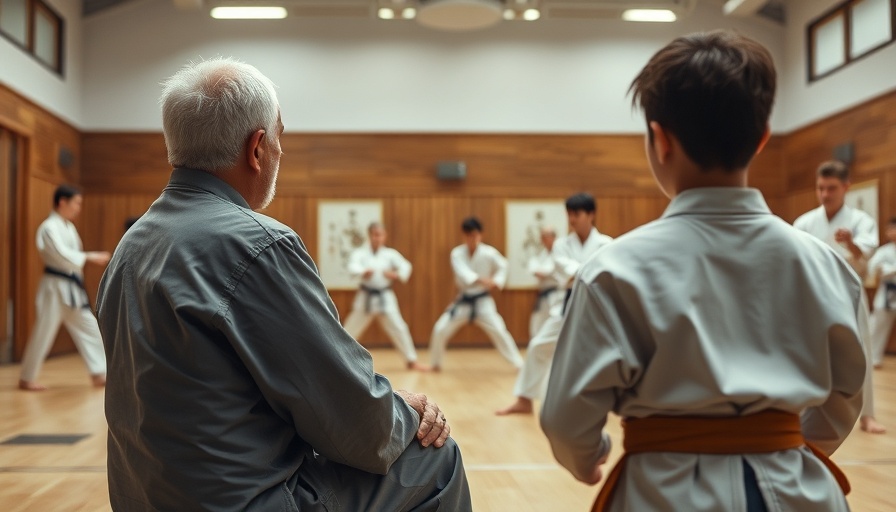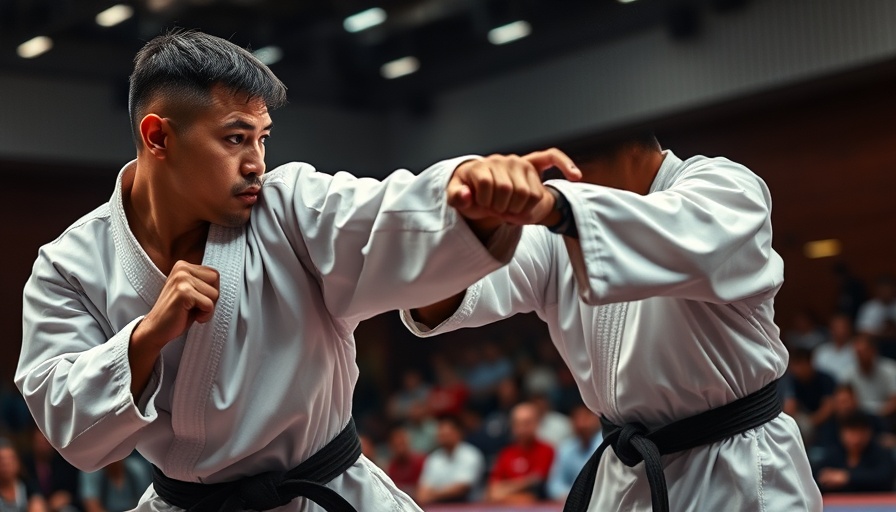
Understanding Mitori Geiko: A Path to Learning through Observation
Mitori Geiko, the practice of learning through observation, holds profound significance in the realm of traditional martial arts. It serves not only as a bridge for those with physical limitations but also as a key to deeper understanding within the martial arts community. With insights gained from my own experiences of recovering from knee surgery, I reflect on how this method became instrumental not just for myself but for many martial artists facing similar challenges.
A Personal Journey: From Active Participation to Observational Learning
The last time I traveled to Japan, I was eager to train with my Sensei, Shihan Manabu Murakami. However, at over 60 and as the owner of an artificial knee, my physical capabilities had changed. Upon my arrival, despite my keen desire to join the class at the SKI Federation's Honbu Dojo, my knee had other plans. The swelling prevented me from participating directly in the training yet did not quench my thirst for knowledge. In asking for permission to engage in Mitori Geiko, I was embraced by the dojo community, proving that learning transcends physical practice.
The Essence of Mitori Geiko
Shihan Murakami describes Mitori Geiko as an important aspect often misunderstood. It embodies a focused commitment to observing and learning from experienced practitioners. The practice involves analyzing not merely the technical execution of moves but also the underlying principles that distinguish a skilled practitioner from a novice. Through careful observation, one can gather invaluable insights and continue progressing even off the mat.
The Cognitive Benefits of Observational Practice
Neuroscience reveals that mental rehearsal holds similar efficacy to physical training. Mental imagery can significantly improve motor learning; thus, while one may not be physically on the mat, this form of study can refine technique and understanding. Observing movements allows practitioners to improve their pattern recognition and tactical awareness, laying the groundwork for when they return to physical practice.
Mitori Geiko: A Lifelong Path
As martial artists age, the understanding that martial arts is a journey, not a destination, becomes clearer. Mitori Geiko aids aging practitioners in maintaining their student's mindset as they mentor younger students and share insights. This practice seamlessly integrates into modern martial training—whether through observing online videos or coaching others—reminding us that learning is an eternal journey.
Conclusion: Embracing Learning despite Limitations
Mitori Geiko reinforces that martial arts is more than physical action; it’s a lifetime of learning and personal development. Even when physical challenges arise, our commitment to growth can persist, nurturing the next generation of martial artists. It transcends barriers—making it accessible no matter the circumstance and fostering a community united in the spirit of lifelong learning.
As you embark on your martial arts journey, embrace Mitori Geiko. Whether you’re sidelined due to injury or simply seeking deeper understanding, remember that observation has its own power. Continue to watch, learn, and grow—your path may very well lead you to even greater heights.
 Add Row
Add Row  Add
Add 








Write A Comment